Constraint or free movement? How the state deals with artworks on the market
Retain a work of art by placing a cultural interest restriction or let the work circulate on the free market? This is one of the most intricate questions facing a state in the cultural heritage sector today, and the decisions often spark controversy, in one direction as much as the other: for example, because a state has blocked the circulation of an asset, perhaps not essential to its public collections, by placing a restriction that prevents the work from leaving national borders (with the consequence that it is no longer purchasable by those living abroad, and thus the work loses value), or because, conversely, it has let an important work for national collections slip through its fingers.
Finding a well-balanced point of equilibrium between the protection of the country’s cultural heritage and the free trade of goods is consequently the task of an evolved cultural property legislation.In the coming days we will see, on these pages, how the most important Western countries for the art market, or those with significant cultural heritage, have dealt with and are dealing with this duty. Today, in this article, we see what are the reasons why a state may choose to retain a work, placing a lien on it and thus preventing the work from leaving national borders (usually the lien is also placed to allow the state to exercise the right of first refusal that follows: then, in some countries, a time limit is also placed to allow the state to make its bid) or why, on the contrary, it may decide to let it circulate on the free market. And we also see what the criteria should be to guide the choices.
The need to place rules on exportation is due to the particular nature of works of art: we are in fact talking about objects that have a unique characteristic, that is, on the one hand they represent a good that has an economic value, in other words a commodity, but on the other hand they also have a historical, artistic and cultural value that can also be of extreme importance for the country where the work is located. This is because the work of art can tell a part of the country’s history, because it may be a unique object and therefore to deprive oneself of it would mean giving up a fundamental and unparalleled piece of one’s history, or because it is relevant to understanding a context, or even because it has always been linked to a particular place: there can be many reasons why a state may have an interest in retaining a work of art.
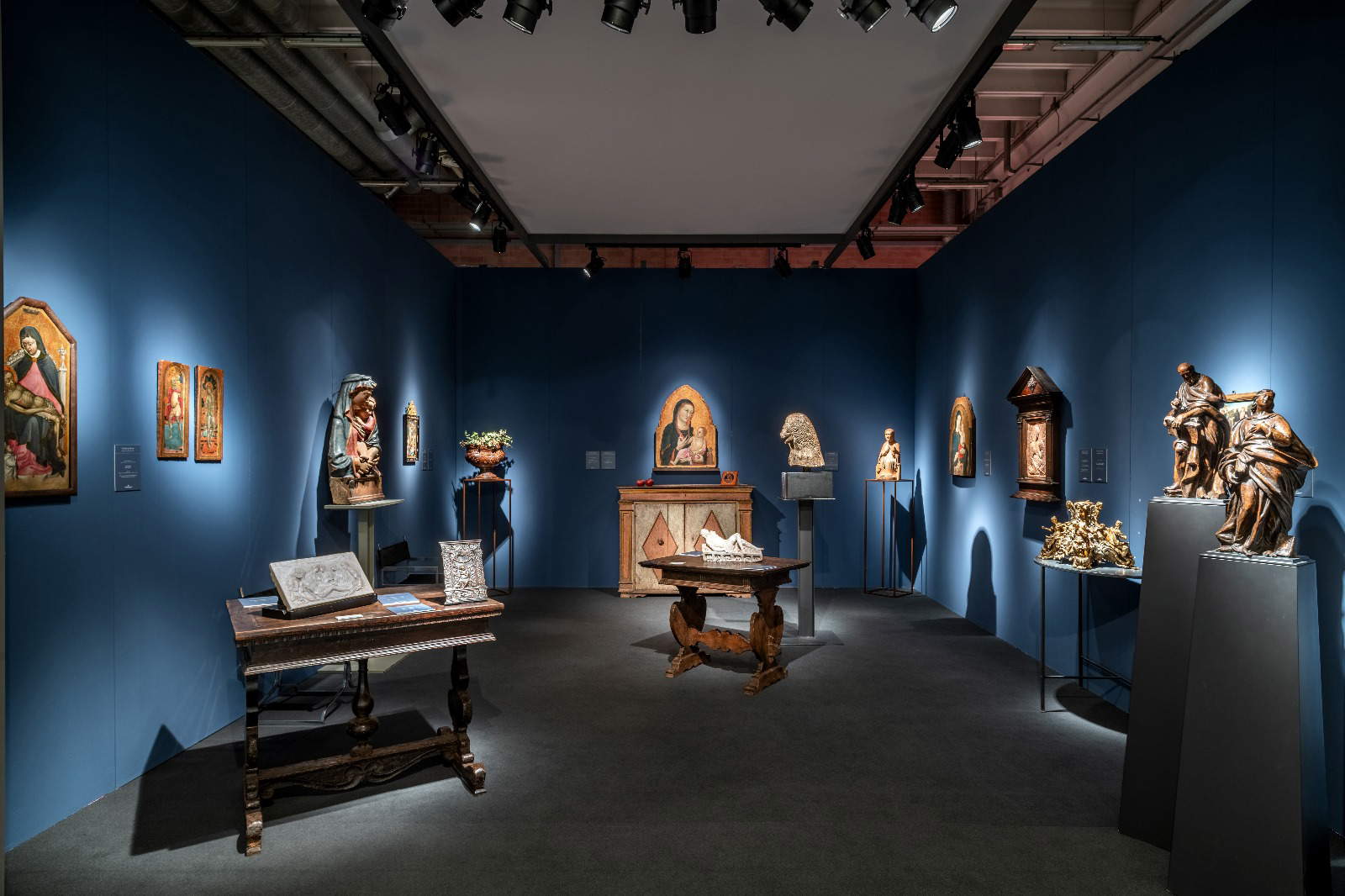
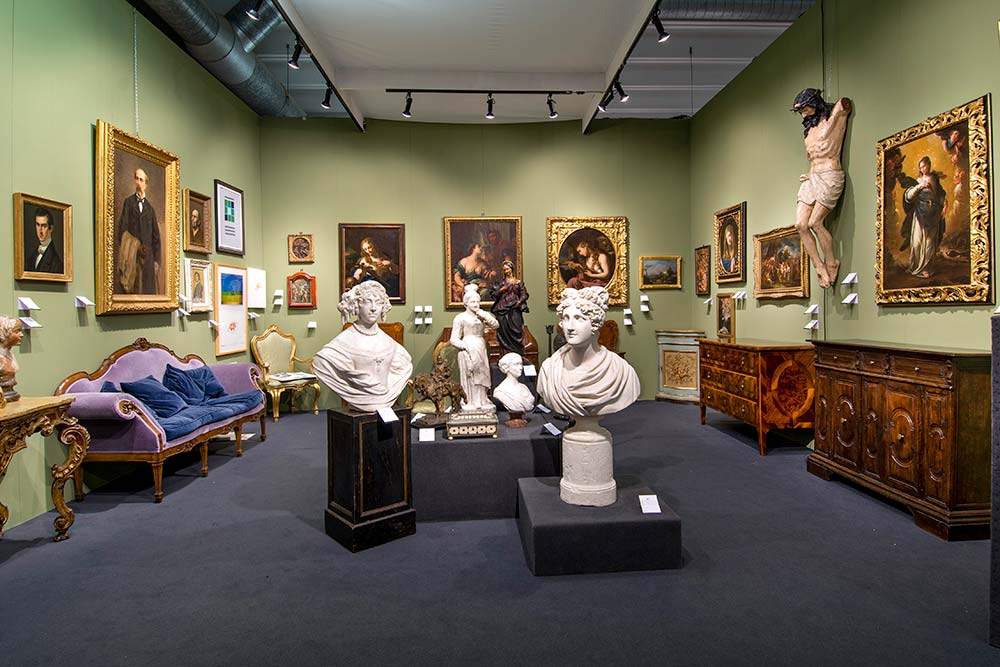
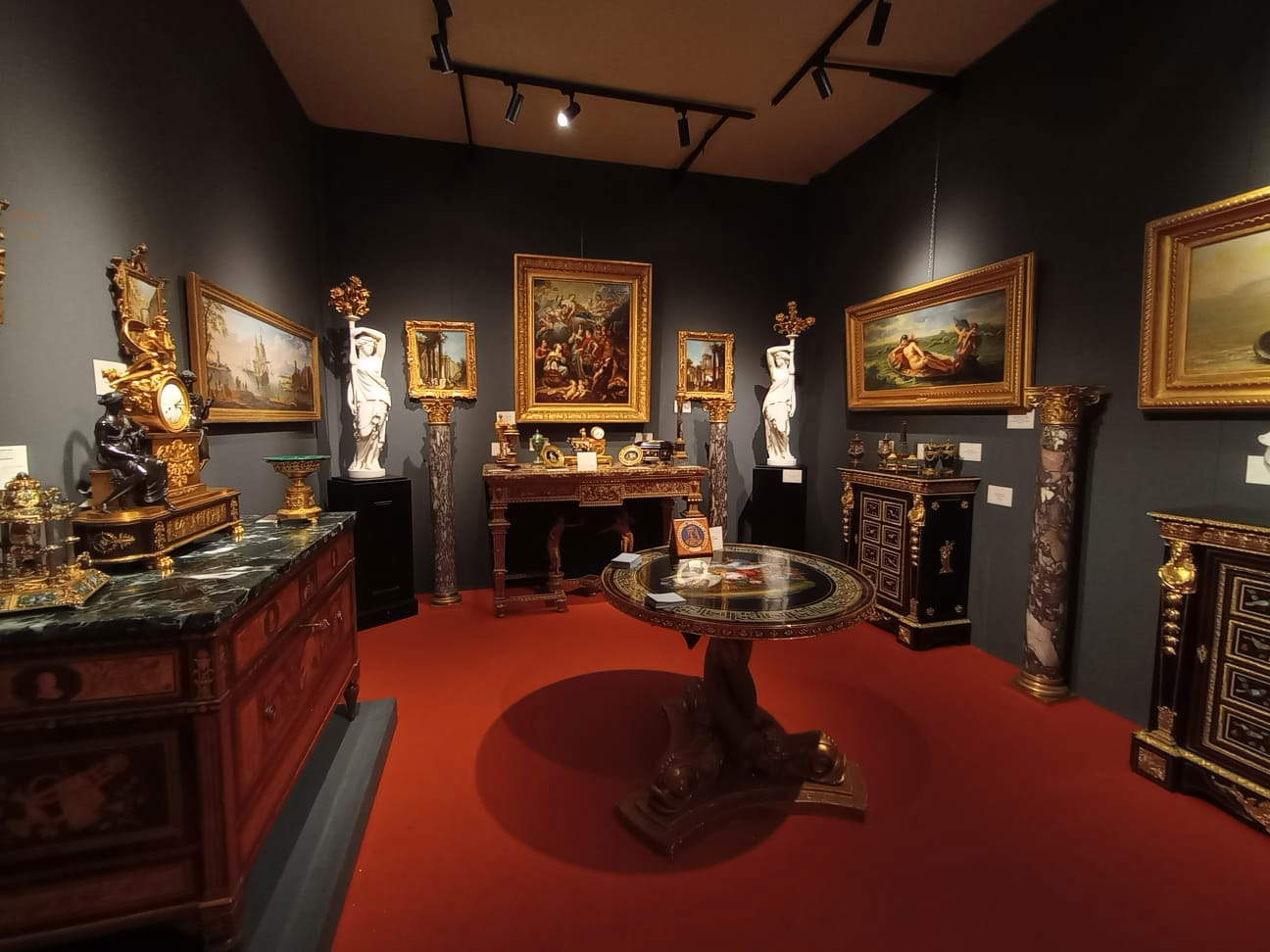
The reasons for the state: why to retain an artwork
Retaining a significant work of art in the country is one way to ensure that citizens can access and recognize their cultural and historical roots. Dispersing artworks abroad could weaken this link to the past and fragment the national heritage. Retaining works of art within its territory therefore allows a state to enhance its artistic and cultural heritage. Retained works of art can be displayed in public museums, contributing to the cultural education of the population and the enrichment of cultural tourism. Heritage-related tourism is an important source of income for many countries, and a valuable work of art can become a central attraction.
Still, when a work of art is exported, there is a risk that it will never return to its country of origin. This can lead to the permanent loss of pieces of great historical or cultural importance, which may end up in private collections abroad and become inaccessible to the public. Retaining a work of art prevents this dispersal and ensures that cultural heritage remains intact and accessible. Indeed, many works of art also have historical value beyond their aesthetic or monetary value. They represent, in other words, crucial moments in a country’s history, significant events, or are linked to important historical figures. The state may decide to retain these works to ensure that the nation’s history and collective memory are preserved and passed on to future generations.
States may then retain works of art to support and enrich the collections of their cultural institutions and museums. These institutions play a vital role in the preservation, study and dissemination of cultural heritage. Retaining significant works of art within the country enables these institutions to offer a richer and more comprehensive cultural education.
Works of art can also be better studied if they are accessible to researchers and academics around the world. Making artworks public goods can facilitate their study in different academic settings, leading to new discoveries and a greater understanding of cultural heritage. This approach can also stimulate international collaborations among scholars and institutions.
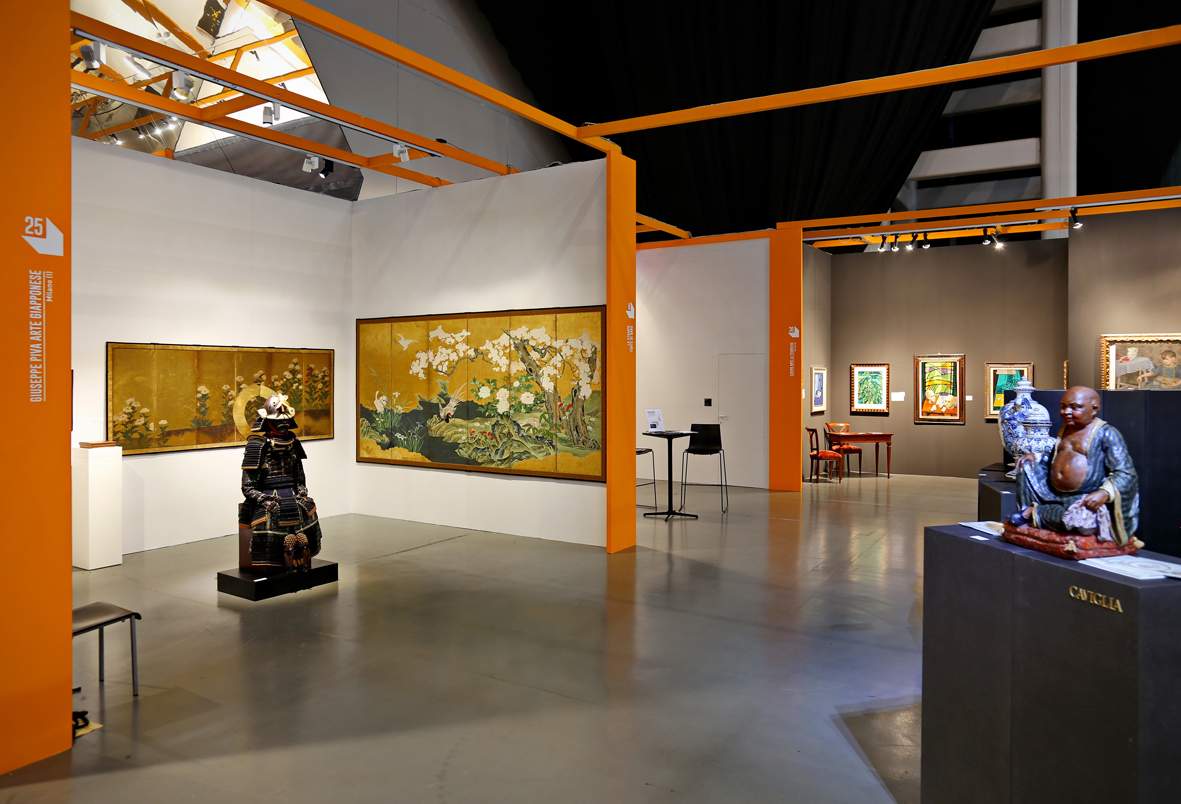
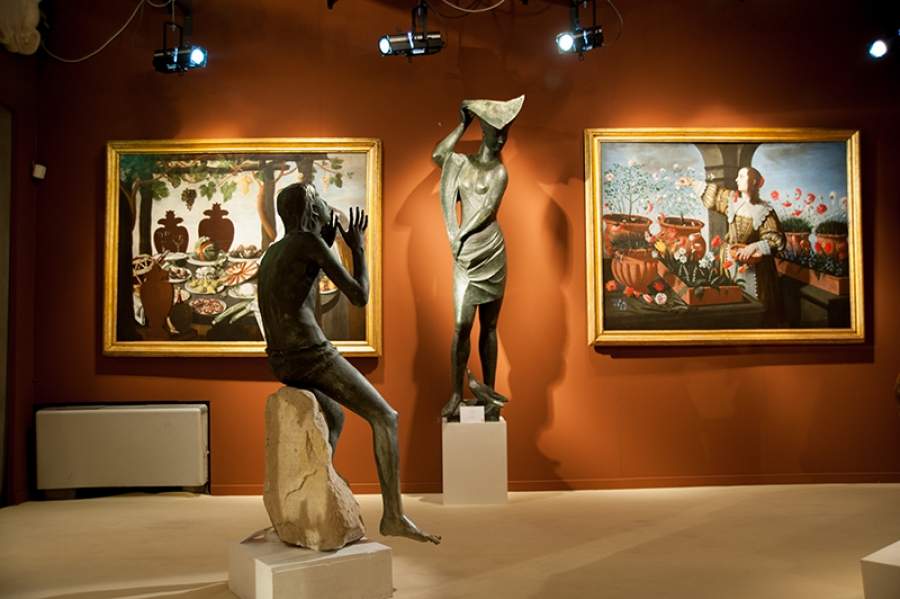
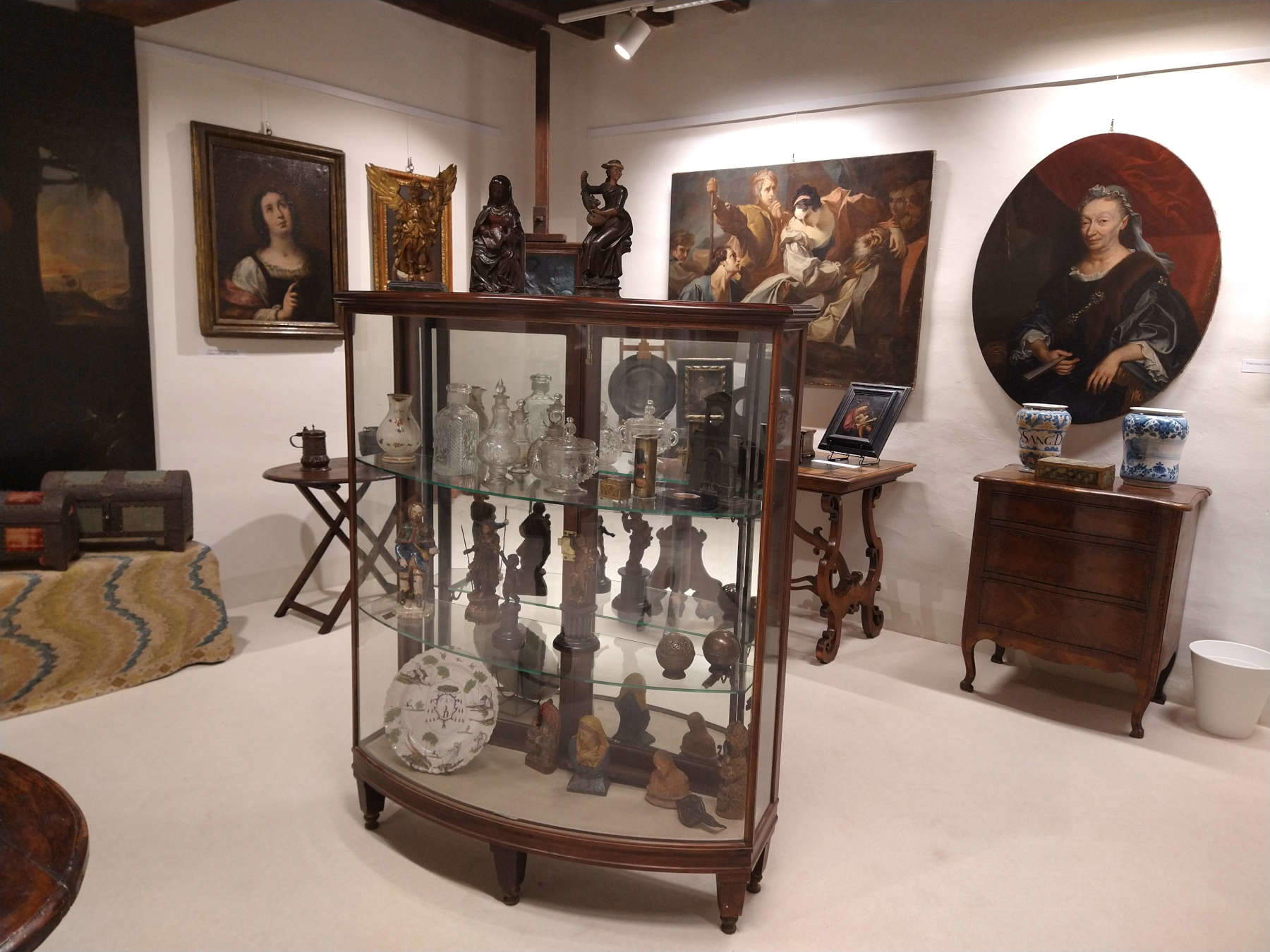
The reasons for the market: why let the work circulate freely
On the other hand, however, there are also valid reasons for encouraging the trade of artworks. Meanwhile, it is about making the market vibrant. The art market can have a significant impact on the economy, generating income through sales, auctions and collecting. Allowing artworks to circulate can help stimulate economic activity, promoting trade and attracting investment.
A vibrant art market can also foster the growth of the cultural and creative sector, which has positive spillover effects on the national economy. In addition, letting a work of art circulate in the international market can increase its global visibility and recognition. Works of art that travel and are exhibited in different nations can gain wider recognition, helping to highlight a country’s art and culture beyond its borders. This can lead to greater appreciation and promotion of national cultural heritage on a global scale. Art sales can also generate significant revenue for owners and the market.
For museums and cultural institutions, selling some works can be a strategy to raise funds needed for the acquisition of new works, for conservation, for educational projects, and generally for all activities in the life of the museum. This approach can also help fund cultural and conservation projects that benefit the community. However, the sale of works in museum collections, a practice known as deaccessioning, is allowed only in some countries: in the United States, for example, it is quite common practice; in Italy, however, deaccessioning to public museums is not allowed.
Still, a state that is not overly intrusive on the market can ensure that private collecting is encouraged, a practice that moreover can play an important role in the preservation and enhancement of works of art. Indeed, private collectors often spend considerable sums to purchase, maintain and restore works of art, thus contributing to their preservation. In addition, private sponsorships can provide financial resources that support museums and galleries, enhancing their collections and services. And sometimes private collections are opened to the public. Then there is an issue of private property rights, a fundamental principle in all Western jurisdictions. Owners of works of art have the right to decide what to do with their property, including the ability to sell it. States must respect this right, and their intervention to restrict the movement of property that belongs to a private individual should seek to ensure as much as possible a balance between the preservation of cultural heritage and respect for individual rights.
In addition, leaving artworks on the market can foster international trade and attract foreign investment. Global auction houses and art markets are places where works can be bought and sold by collectors and investors from around the world. This flow of capital can be beneficial to the cultural and creative sector, as it can contribute to economic growth and global competitiveness.
A state’s decision to leave an artwork on the market or conversely to retain it can be influenced by a combination of economic, cultural, legal, and practical considerations. While keeping artworks in the country can serve to protect and enhance cultural heritage, allowing these works to circulate in the international market can offer significant benefits in terms of economics, global recognition, and respect for property rights. Balancing these factors is a crucial part of cultural heritage management and art trade.
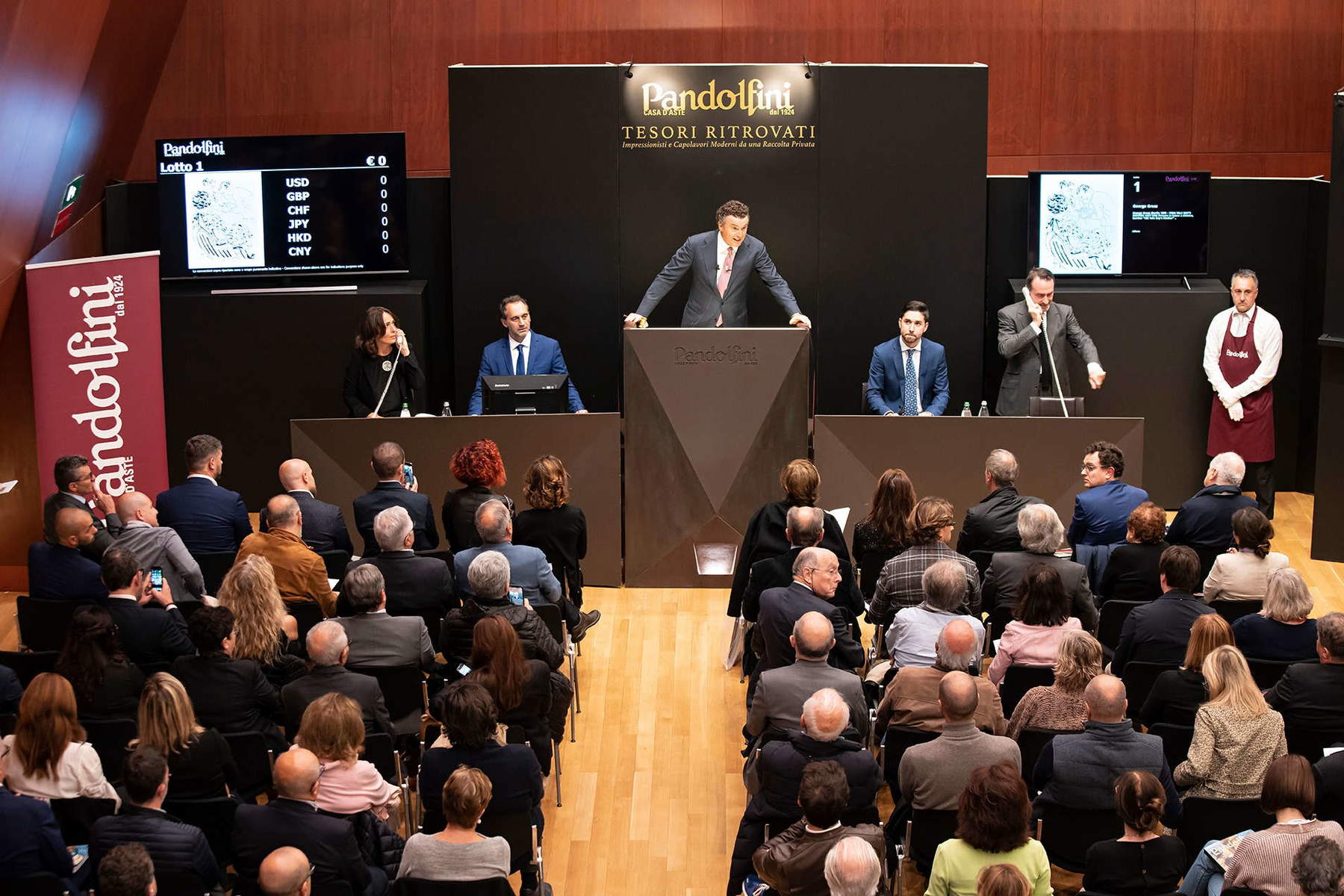
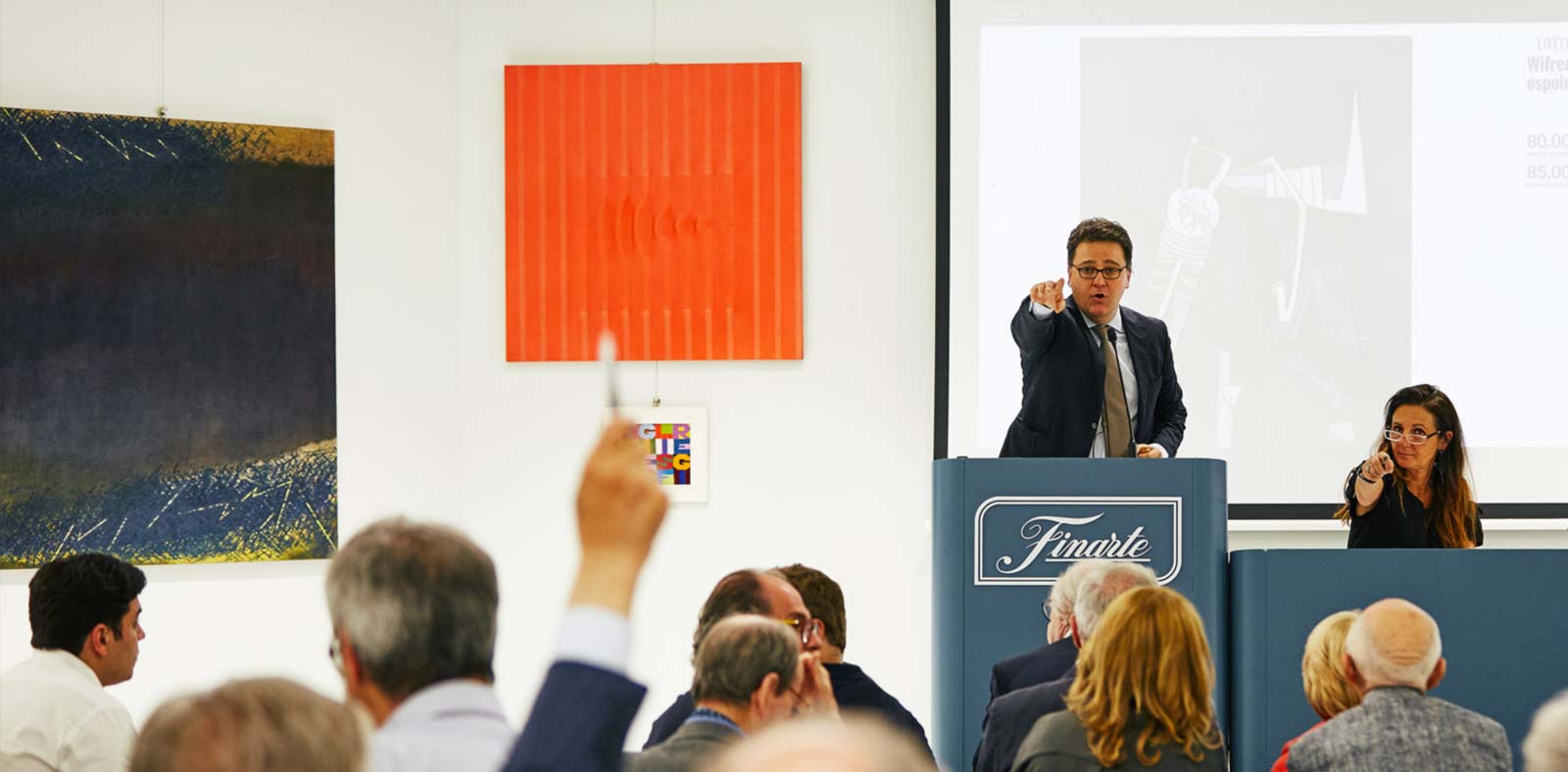
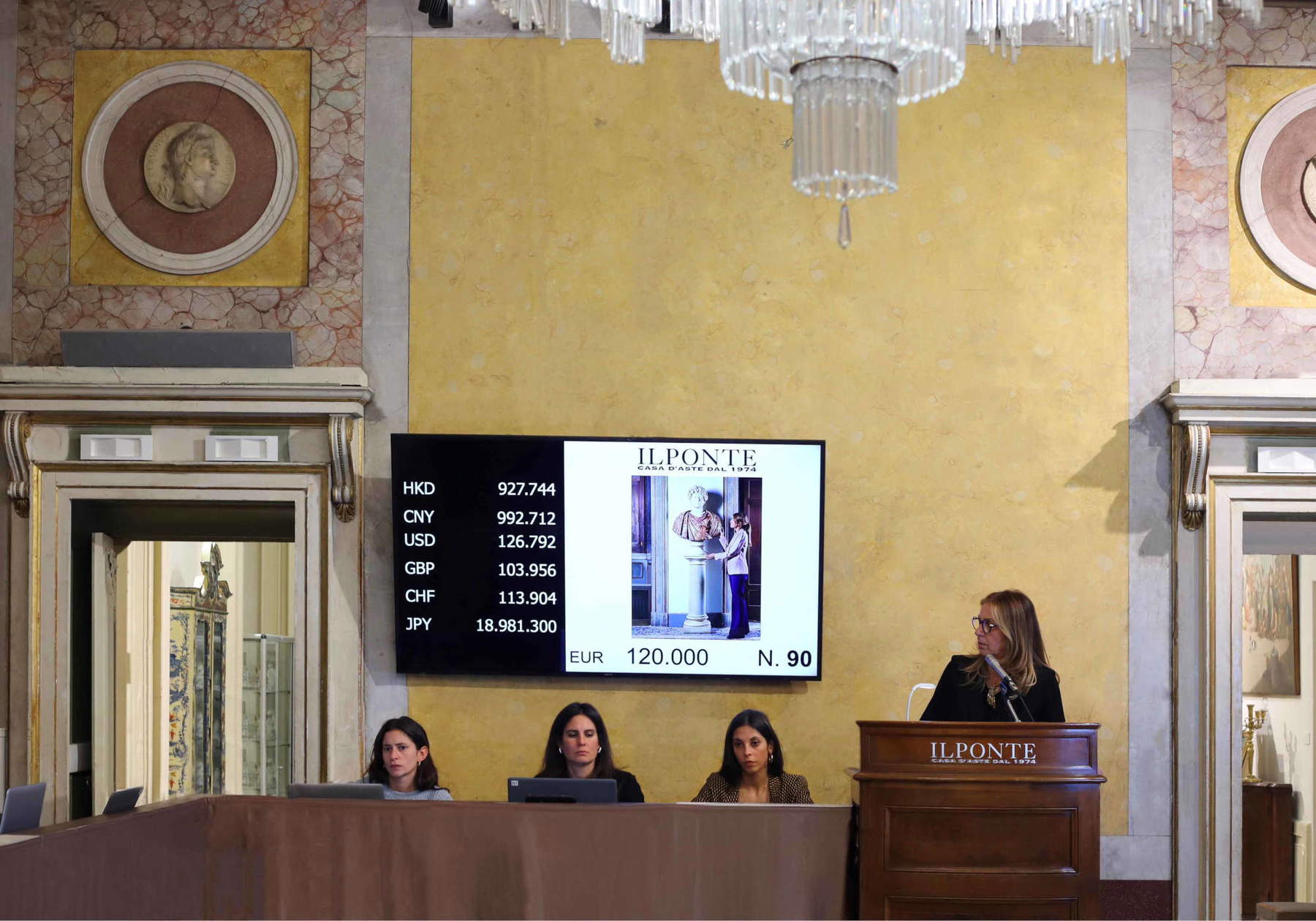
On what basis a state should decide whether to place a lien on a work or authorize its circulation
A state’s decision to restrain a work of art and prevent its export should be based on a set of well-defined criteria that reflect the cultural, historical, and practical importance of the property. Meanwhile, one of the most significant criteria is thecultural or historical importance of the artwork itself. States tend to retain or bind works that represent key elements of their culture, history, and tradition. Thus, these are works that document significant historical events or crucial historical figures, or even objects that represent a unique aspect of national culture (or regional, of course: the constraint may also cover works that may not be of great importance to the entire country, but have exceptional value to a city, territory, or region), which are difficult to find elsewhere.
Then there is the criterion ofexceptional artistic value: thus, we are talking about works by fundamental or particularly influential artists that may be considered too rare or too valuable to be exported. Works that show high artistic quality, works that have innovated the field of art, or works that are fundamental to understanding the path of an artist or an artistic movement. Works that guarantee the completion of a collection, to ensure that cultural institutions have a complete and meaningful representation of heritage. Works that, in short, if exhibited in a museum enable the public to better understand an artist or movement, and whose departure for foreign countries would consequently cause a gap, a lack in national collections. Moreover, retention also promotes academic research and education, so for a work that is purchased by the state there is a guarantee that it will remain accessible to scholars, researchers and students.
Another criterion is the context of origin, another factor that can influence the decision to retain a work of art. Works that have a direct connection to the place of origin or to national or regional history are often considered essential to public collections. Thus, we are talking about works that have special significance to a community, or works that serve to reestablish a context that had been lost over time, or possessions that are reunited with a collection of which they were a part, or that return to their original environment.
Finally, the criterion of rarity should not be underestimated : if a work by an artist who is underrepresented in a country’s museums ends up on the market, it is in the state’s interest to try to retain it. There are important artists who, by virtue of their collecting history, are much more present in private collections than in public museums, and in cases like these a state might decide to place a lien. Rarity may also be relative to a subject little or never frequented by an artist, which therefore could be represented more fully in a museum itinerary.
These are the criteria that, in Italy, are identified by law. In fact, there is a ministerial decree, DM Dec. 6, 2017 no. 537, on the guidelines for the evaluation of the issuance of the certificate of free circulation (i.e., the document that in Italy guarantees an asset the possibility of being exported), which identifies six criteria: the artistic quality of the work; rarity (in a qualitative and/or quantitative sense); relevance of the representation; belonging to a historical, artistic, archaeological, monumental complex and/or context; particularly significant testimony to the history of collecting; and relevant evidence, from an archaeological, artistic, historical, ethnographic point of view, of significant relations between different cultural areas, including those of foreign production and/or origin. Each of these criteria is carefully defined: “quality” is to be evaluated on the basis of “executive mastery,” “expressive ability,” and “invention, originality,” while rarity is to be considered in relation to, for example, the author of thework (thus an artist underrepresented in national collections), to the type, chronology, materials and execution techniques, degree of presence in public collections, historical-chronological relevance, or prototype value if we are talking about objects related to the history of science, technology and industry. “Relevance of representation” means, for example, a work that is uncommon in terms of iconography/iconology, or if it constitutes important historical documentation or testimony. Finally, “relevant evidence of significant relations between different cultural areas” means a work that constitutes evidence of dialogue or exchange between Italian artistic, archaeological, anthropological culture and the rest of the world.
What works, on the other hand, should be vacated? Those that do not fit the criteria established above: that is, works that do not have significant cultural, historical, or artistic importance compared to other works in the national heritage, for example, works of little relevance or works by artists or historical periods that do not have a particularly strong impact in the national context or regional contexts. The work may also have a very high economic value but may be the work of an artist already abundantly represented in national collections: if, therefore, the purchase is likely to be duplicative, or if there is an excess of similar works, it is more acceptable to allow the export.
A state’s decision to retain a work of art is, in essence, influenced by a combination of cultural, historical, artistic, economic, and legal criteria. Each state takes an approach that reflects its cultural priorities and policies, trying to balance the protection of cultural heritage with economic needs and market considerations. And it does not necessarily often opt for the best choice (the many controversies, recent and distant in time, are there to prove it): it is a terrain prone to often serious errors. The balanced approach between the preservation of cultural heritage and practical and economic needs is essential to effectively manage art and cultural collections, and in a functioning state this requires knowledge of art history and public collections, a lack of preconceptions about the free market, offices that have competent staff and work without difficulties due to staffing gaps.
Warning: the translation into English of the original Italian article was created using automatic tools. We undertake to review all articles, but we do not guarantee the total absence of inaccuracies in the translation due to the program. You can find the original by clicking on the ITA button. If you find any mistake,please contact us.





























